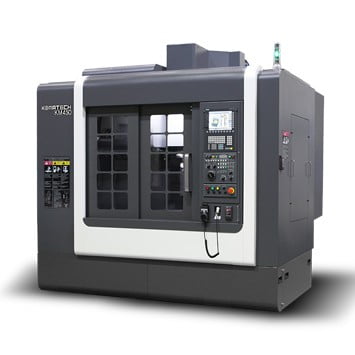Cap laser rotativ
It is possible to rotate the laser marking scanning with a rotating head mechanism while at the same time maintaining the beam alignment and centered marking. The head can mark from above the part as well as at a 90-degree angle from the side. This flexibility in the position of the head eliminates the need for complex fixturing. Without any re-positioning, the operator is able to mark two opposite sides of a part, a cylindrical surface, or an inclined surface.
The rotation can be either manual or programmable and controlled by the PC. The manual system allows for positioning objects with the help of a graduated scale or via fixed points. This system is easily operated by a lever positioned on the side of the laser head. The components that make up the motorized rotating head are the gearbox and motor with encoder, both of which provide excellent accuracy and repeatability. The rotating head is most commonly used at +/- 90 angles.










